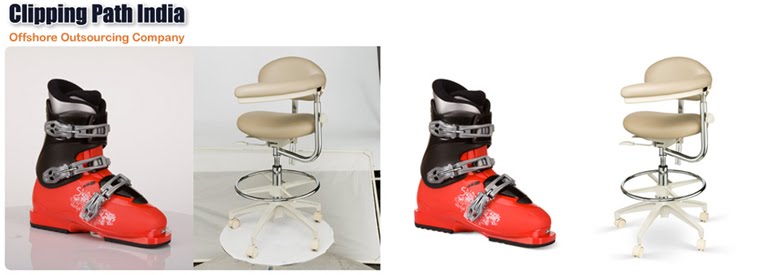Wildlife
photography is a sensational word among professional photographers.
With such a hype, what all could you possible digital manipulations done
on a wildlife photo to make it look better.
Professional
wildlife photographer will be a role model for many budding
photographers. SLR, lens (various variants), Tripods, Zoom (telephoto,
wide angle etc.), Filters (UV, polarizing, warming etc.) will be
favorite jargons for those new bees in the photography world. The
factors like, time consumed, the effort taken by the experts and the
mesmerizing click on the wild species make the wildlife photography a
special one.
Editing
wildlife photography is the hardest thing for an editor. For he, should
make slightest changes in the photo to preserve the content and to
enhance the beauty of it. GIMP, PhotoScape and PhotoFiltre are some of
the free software available. To make is more professional, it is better
to use Adobe Photoshop CS4 or Adobe Lightroom. Let us see some of the
cool photography manipulation for animal pictures.
Clarity
– this is one buzzword in photos. Clarity slider will help in
increasing the contrast in the center of tonal range thereby boosting
the overall impression of the image. This should not be implemented
more while working on a portrait. However, while editing an animal
picture, this technique can be used vividly. Adjustment brush is
available in many animal photos editing software. Use this brush
increase the skin tone on the animals. It will just soften the skin,
however not to be used over the eyes or hair.
HSL
– Hue, saturation and Luminosity. This again is used for skin tone. Use
the target selector to make the best use of HSL regulator.
Post Crop Vignette
– This is a technique is which the edges of the photos can be darkened
or lightened in order to set the center of the image to get all the
focus. Brightness and exposure are two other important factors to make
the image look stunning. Work with brightness to increase the visibility
of part of the image to match it with the rest. Exposure should be used
to increase the overall illumination of the image.
Various blur modes are available in most of the photo editing
software. Use this blurring effect to reduce the presence of selected
entity to escalate the focus to the prime object of the photo. But
strict control should be taken while using blur effects, extensive usage
will lead to spoil the beauty of the image, especially if it’s a
wildlife photograph.
Adobe
Lightroom is most sought after software in this domain. Some of the
unique features of Lightroom are importing the images, aligning them,
giving tag name to the photos. Lightroom
can choose you the best of your photos. The “view mode” feature of
Lightroom will help in finding the better of the two or more similar
captures. “Photosafe” is a plug in that help to protect the image from
being deleted accidentally.
Non-destructive image enhancement system
– this is important while working on precious photos of animals. In
Lightroom, it is impossible to over write on the original image. The
software always asks for export, which in turn create a duplicate of the
image with enhancements.

